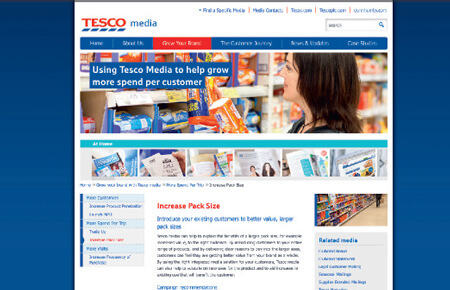Supersize my ego
You’ve just woken up and already there’s a critical text from the boss, ending with that most patronising of words: ‘disappointed’. Your sense of powerlessness isn’t helped by the commute to work, and the humourless jobsworth who takes you to task about your lapsed travel card. By the time you’ve stopped at Starbucks on your way in, your self-esteem is already heading south, and the working day hasn’t even begun yet.
As you step forward in the queue to make your normal order, something prompts you to think again. Hey, never mind the usual, standard-size latte; today, let’s make it a grande.
According to a US study, just published in the Journal of Consumer Research, your sudden upsizing is no accident. Through a series of experiments involving different-sized drink and snack options, the authors demonstrate a clear relationship between choice of portion size and perceived status. Those who feel their current status to be low are markedly more likely to reach for bigger sizes from a range of options. Supersizing isn’t simple greed; it’s an ego-boost.
If that is the headline finding, then the nuances also make for fascinating reading. People view others as having higher status when observing them choose the biggest item in a set. Preference for bigger sizes is enhanced when people know that others are watching. This holds even when price difference is neutralised.
The most troubling conclusion from the researchers is one that’s borne out by wider empirical evidence: those in society who live with low status as a norm are the ones most likely to over-consume. This squares with data from both the US and UK that shows a clear correlation between low socioeconomic status and obesity.
The food and drink industry is used to finding itself under attack for its contribution to unhealthy lifestyles. In return, it is not slow to cite the strides it has taken to become more socially responsible, such as the introduction of clearer labelling and reduced-fat options. This research shows how easy it is for those arguments to be holed below the waterline.
Whatever good things food marketers might have been doing, their pack sizes have bloated over the years. If the knock-on effects of that trend are seen to hit the most-vulnerable hardest, even marketers of relatively healthy food and drink brands will find themselves on the back foot. Too much of anything is still too much.
Nor can the industry hide behind the claim that bigger sizes are simply there to provide value. Numerous studies have shown that people consume more when they have bought bigger pack sizes of familiar brands, even though they are unaware of doing so.
If marketers have a moral incentive to reduce pack size, perhaps they might now also have a commercial one. In the last of the experiments from the US study, the researchers showed that even people with perceived low status opt for smaller sizes when primed to believe that this is the choice influential people would make.
With the right communications, the mini-pack could become to the food and drink industry what slim devices are to technology. Supersizing could come to feel as low-status as a brick phone; less could become more – with a very nice ego boost for the marketer who gets there first.
The authors of the US study ‘Super Size Me: Product Size as a Signal of Status’ quote data showing that portion sizes have increased by 52% for soft drinks, 27% for Mexican food and 23% for hamburgers over a 20-year period.

Tesco encourages bigger pack sizes
Tesco‘s business-to-business website is shameless in its encouragement of greater pack sizes. In the ‘Grow your brand’ section it says: ‘Tesco Media can help to explain the benefits of a larger pack size, for example increased value, to the right audience. By introducing customers to your entire range of products, and by delivering clear reasons to buy into the larger sizes, customers can feel they are getting better value from your brand as a whole.’
According to a 2008 report for the Food Standards Agency, bigger pack and portion sizes were most prevalent in ready meals and sliced bread. The report highlighted how white bread slices have increased from an average weight of 30g in 1990 to 40g in 2008, and noted the increased availability of extra-thick sliced bread – with the Hovis Doorstep weighing in at just under 70g a slice.
The calorific difference between Starbucks‘ smallest and biggest Cafe Mocha size options is a whopping 250 calories.
